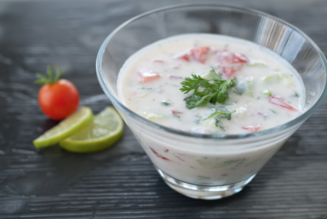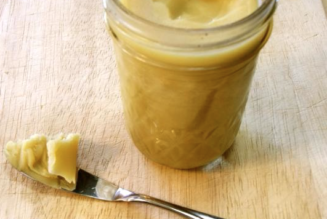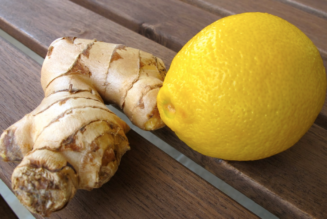What’s Your Dosha?
If you have spent anytime in the Ayurveda and Yoga community you may have come across the term “Dosha”. The science of Ayurveda explains that the human body is a replica of the vast external universe and – “that” – which is in the universe is also contained within the body. Although seemingly complex, let us simply discuss the concept of doshas keeping in mind that no single word can translate the exact meaning which the ancient texts have described many thousands of years ago.
Ancient Wisdom:
“Vata, pitta and kapha move in the whole body producing good or ill effects upon the entire system according to their normal or provoked states. Their normal state is prakrti and thier abnormal state is vikrti.” – Charaka Samhita Ch. 17 Sutra 62
The word “dosha” can likely best be described as ‘vice’ or ‘fault’. Interestingly, the word “dosha” comes from the Sanskrit word ‘dus’ which means ‘to err’ similar to the Greek prefix “dys” meaning ‘ill‘ and ‘bad‘ [i.e. dysfunctional, dyspnea, dysmenorrhea, etc.]. In Ayurveda, dosha refers to the three humours of the body namely vata, pitta and kapha which can disturb [“vitiate”] bodily tisssues [i.e. dhatus].
Dosha Type – Your Signature
Ayurveda looks at each individual as being unique with a varying combination of qualities. This unique set of qualities can be thought of as your signature “dosha type”. For example, some individuals are always moving about with great excitement and creative enthusiasm eagerly exploring the world around them. That would be a classic “vata-type”. Another example would be the typical “Type A Personality” driven by ambition and wanting to succeed to the top. This particular individual would be considered a “pitta-type”. And we all know the loving and accepting individual who is willing to embrace all that life has to offer in abundance – that is, in a way, a “kapha-type”.
Great Video: Introduction To The Ayurvedic Dosha Types!
VATA DOSHA:
Vata individuals are made primarily of the air element and therefore, just like the wind, are always moving. Due to the ‘air’ element, vata types often experience cold, dry, light, and mobile qualities. Therefore, from a simple perspective, management for vata types is centered around principles of:
- Warming
- Moistening and
- Weight Promoting
Managing The Ever Mobile Vata Types:
Ayurveda describes an interesting relationship of taste and its influence upon the body. According to this philosophy, vata types often are most balanced by sweet, sour and salty tastes. Interestingly, these tastes [sweet, sour and salty] are considered to be moistening and nutritive in action; the very management goals for vata types.
PITTA DOSHA:
The very first thing which should come to mind when thinking of pitta is the brilliant blaze of fire. Pitta types are hot, fiery, oily, and intense. Therefore, management for pitta types is centered around:
- Cooling
- Calming and
- Moderation
A Healthy Dose Of Loving Compassion For The Fiery Pitta Types:
Since pitta types also have an inflammatory component, which is inherent to the element of fire, make sure to address pitta types with an extra dose of loving compassion. Likewise, pitta types often are most balanced by sweet, bitter and astringent tastes as these are considered to be cooling and pacifying.
KAPHA DOSHA:
When we think of kapha types we often think of loyal and compassionate individuals with a stable quality about them. This unique stability of kapha arises from the predominant elements of both water and earth which can also make kapha types vulnerable to cold, moist, slow and heavy characteristics. Therefore, management for kapha types is centered around:
- Warming
- Drying
- Lightening
Management of The Overly Comfortable Kapha Types:
Kapha types often are most balanced by pungent, bitter, and astringent tastes as these tastes are considered to be drying and lightening in nature with catabolic actions.



![Female Health: Amenorrhea [cessation of menses] – An Ayurvedic Perspective](https://healthyayurveda.com/wp-content/uploads/2015/07/1.-Amenorhea--327x219.png)




